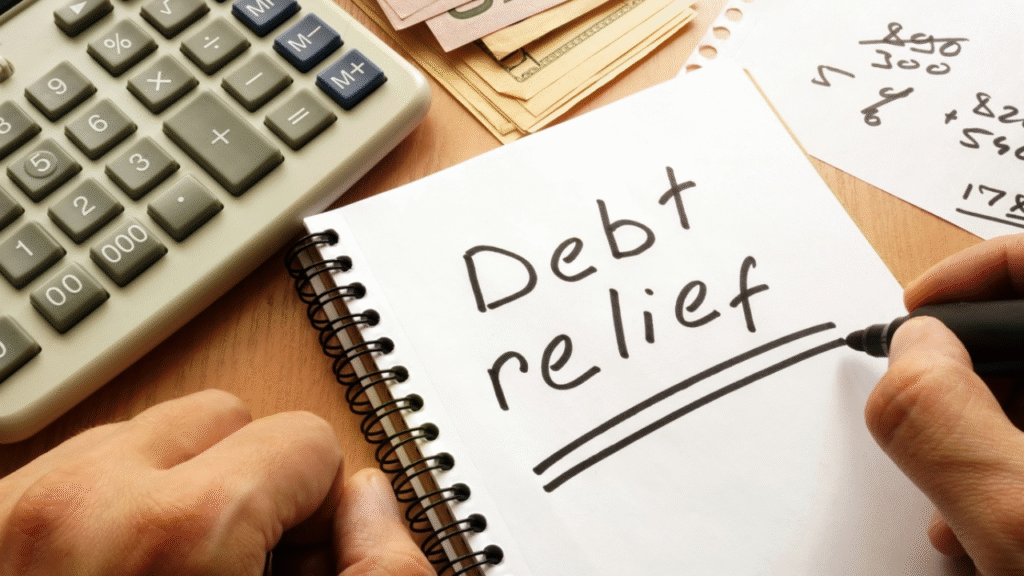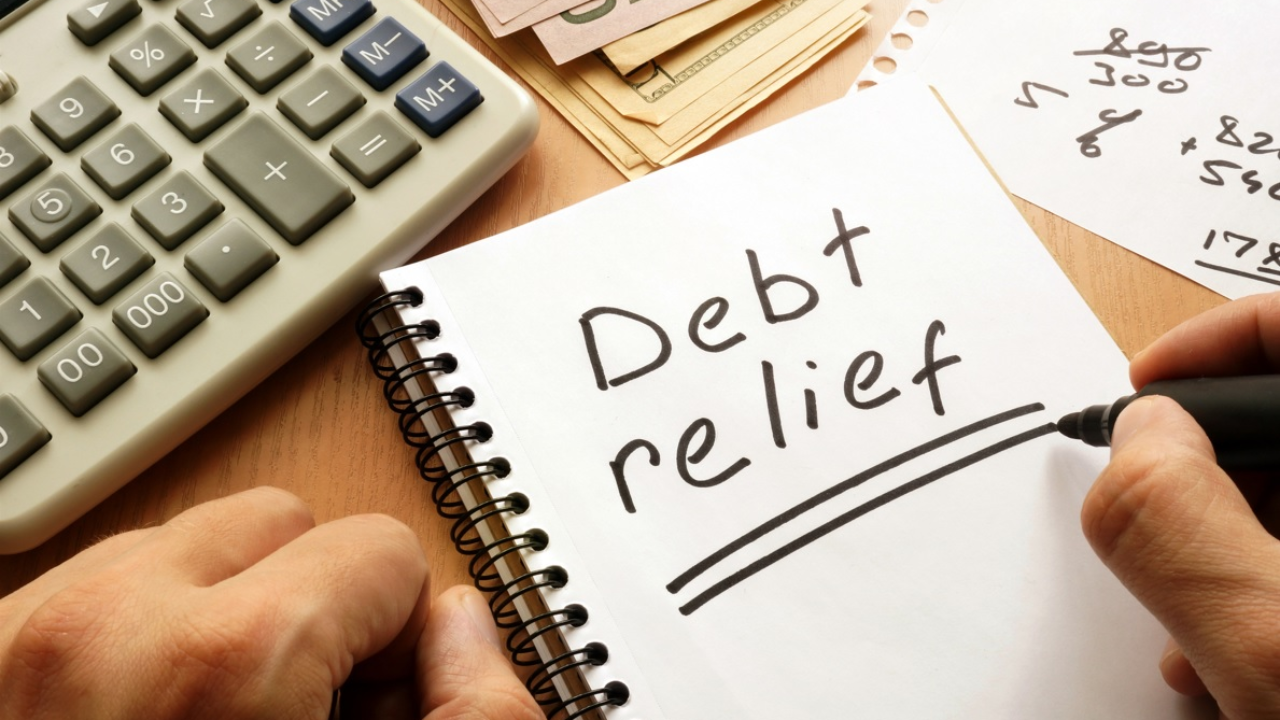
Debt can feel like a heavy chain around your life—especially when interest rates, late fees, and collection calls keep piling on. That’s why many people turn to debt relief programs for help. But before you sign on the dotted line, it’s critical to understand what these programs offer, how they work, and what risks you need to avoid.
This guide breaks down everything you need to know before signing up for a debt relief program, so you can make an informed, financially smart decision.
What Is a Debt Relief Program?
A debt relief program is a structured service designed to help consumers reduce, manage, or eliminate unsecured debts—like credit card balances, medical bills, or personal loans. These programs may include debt settlement, consolidation loans, debt management plans, or even bankruptcy guidance.
While debt relief can be life-changing, not every program is the same. Some are legitimate. Others are expensive, ineffective, or outright scams.
Types of Debt Relief Programs
| Type | Description | Best For |
|---|---|---|
| Debt Consolidation Loan | Combines multiple debts into one with a lower interest rate | Good credit holders |
| Debt Management Plan (DMP) | Non-profit counselors negotiate lower rates and consolidate payments | Moderate debt, mostly credit card debt |
| Debt Settlement | Company negotiates reduced payoff with creditors | Serious financial hardship |
| Bankruptcy (Chapter 7 or 13) | Legal process to eliminate or restructure debt | Last resort for overwhelming debt |
What to Consider Before Enrolling in a Debt Relief Program
Before you choose a program, take these essential points into account:
1. Assess Your Debt Type and Amount
Not all debts qualify for relief. Most programs deal only with unsecured debts (credit cards, personal loans, medical bills), not secured debts (mortgages, auto loans) or federal student loans.
Action: List all your debts with balances, interest rates, and monthly payments.
2. Understand the Impact on Your Credit Score
Some programs, like debt management plans or consolidation, may cause a temporary dip in your score but can improve it over time. Others, like debt settlement or bankruptcy, may severely damage your credit for years.
Action: Ask the provider how your credit score will be affected in both the short and long term.
3. Evaluate Program Costs and Fees
Many programs charge setup fees, monthly service fees, or percentage-based charges on the total or settled amount. Watch out for hidden charges or upfront fees, which are illegal for certain services.
Action: Request a written breakdown of all costs before agreeing to anything.
4. Check for Accreditation and Licensing
Work only with accredited agencies—look for memberships with the National Foundation for Credit Counseling (NFCC), Financial Counseling Association of America (FCAA), or Better Business Bureau (BBB).
Action: Verify credentials and read customer reviews before signing up.
5. Know Your Legal Rights
By law, debt relief companies cannot charge fees before delivering results (per FTC rules). They must also provide full disclosure of your rights, services, and expected outcomes.
Action: Read the FTC’s debt relief guidelines or talk to a consumer attorney if unsure.
6. Understand the Commitment
Debt relief isn’t a quick fix. Programs like DMPs and settlement plans may take 3 to 5 years to complete. You must be ready to commit to regular payments, avoid new debts, and follow through.
Action: Ensure your income is stable enough to meet payment terms.
Pros and Cons of Joining a Debt Relief Program
| Pros | Cons |
|---|---|
| May lower interest rates or total balances | Could damage your credit score |
| Combines debts into one monthly payment | Some programs charge fees or require account closure |
| Can stop collection calls and creditor lawsuits | Not all creditors will agree to participate |
| Provides structured repayment plan | Missed payments can derail the program |
| Offers financial education and support | May take years to complete |
Overview Table: What You Must Know Before Signing Up
| Factor | What You Should Know |
|---|---|
| Type of Debt Covered | Usually unsecured debts only |
| Impact on Credit Score | Varies by program (minimal to severe) |
| Timeline | Can take 2–5 years to complete |
| Cost and Fees | Setup fees, monthly fees, or % of debt settled |
| Creditor Participation | Not guaranteed—some creditors may refuse to negotiate |
| Legitimacy Check | Must be FTC-compliant and accredited by known agencies |
Questions to Ask Before Signing Up
Before agreeing to any program, ask the provider:
- What kind of debt relief do you offer?
- How long will the program take?
- What fees will I be charged—and when?
- Will this affect my credit score?
- What happens if I can’t make a payment?
- Can you provide references or success stories?
Alternatives to Debt Relief Programs
Debt relief isn’t always the only solution. Depending on your financial situation, these alternatives might work:
- DIY Debt Repayment: Use the snowball or avalanche method to pay off balances.
- Debt Consolidation Loans: For those with good credit, lower interest rates may help.
- Credit Counseling: Free services from nonprofits offer guidance without enrollment.
- Negotiating with Creditors Directly: Some may lower rates or offer hardship plans.
Final Thought
Debt relief programs can provide a structured path toward financial recovery—but they’re not a magic bullet. Do your homework, know the risks, and ask the right questions before signing up. The more informed you are, the better your chances of choosing a program that truly works for your unique situation.
3 Best One-Line FAQs
Q: Will joining a debt relief program hurt my credit?
A: Yes, some programs can impact your credit, especially settlement or missed payments.
Q: Are all debt relief companies trustworthy?
A: No—always verify licensing and avoid those who charge upfront fees.
Q: How long does a typical debt relief program take?
A: Most programs require 2 to 5 years of consistent payments to complete.

